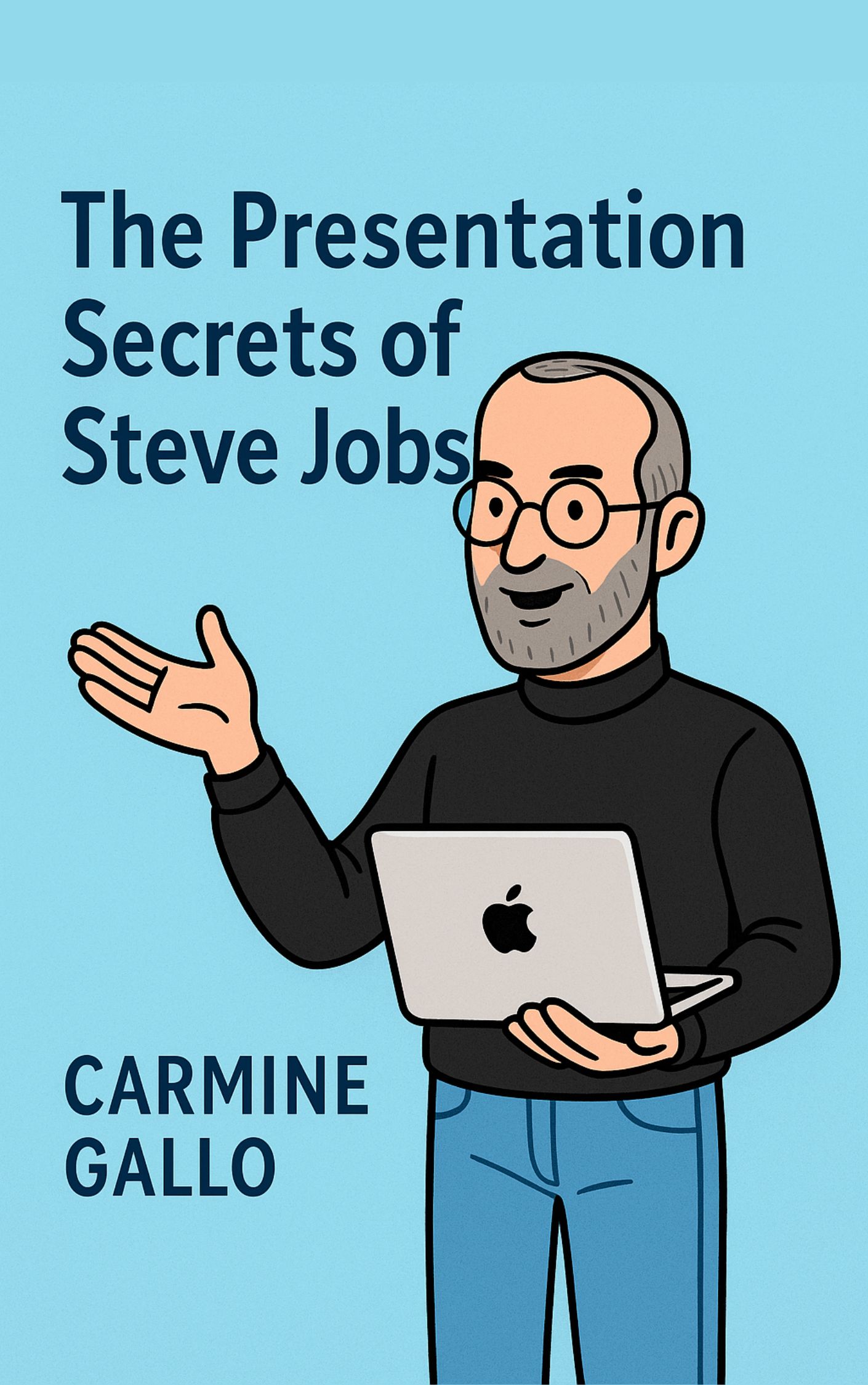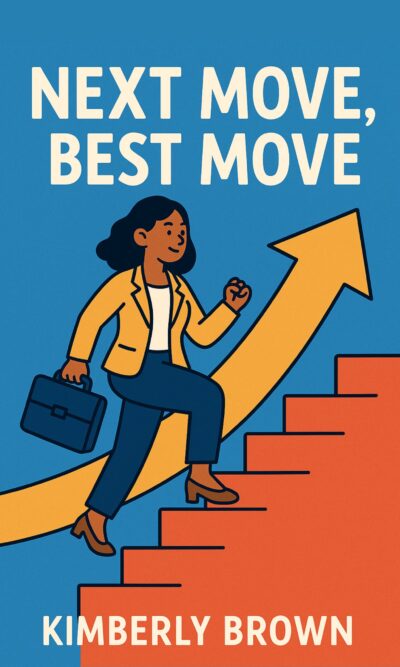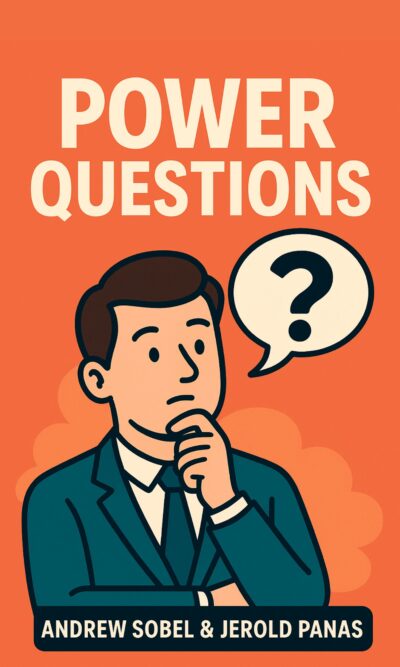Description
A powerful presentation begins long before you open your laptop. The first step is to plan your storyline and decide on one clear, memorable message you want your audience to remember. Think of this message like a short, catchy headline—something they can repeat easily afterward. Whether launching a new product or introducing an idea, focus on how it benefits your audience. Repeat your key message throughout so it sticks in their minds.
Once you have the message, practice relentlessly. True “natural” presenters become that way through hours of rehearsal. This includes speaking without relying heavily on notes, recording yourself to catch weak spots, and refining your delivery until it feels effortless. The more prepared you are, the more confident and natural you will appear.
Even with preparation, surprises can happen—technical glitches, skipped slides, or unexpected questions. Instead of panicking, stay calm, laugh off minor issues, and move forward. Prepare for difficult questions ahead of time by grouping possible topics into “buckets” and creating broad, ready answers. This way, you can respond smoothly without hesitation.
To capture attention, start by highlighting a real problem your audience faces. Describe the challenge vividly so they feel the frustration. Then present your idea or product as the hero that solves it. Keep your explanation simple and free of jargon. What you are truly offering is a better life or an easier way forward, so make that benefit clear and memorable.
Simplicity is key in both visuals and language. Avoid cramming slides with too much text or complex bullet points. Show one idea per slide, and use strong images that connect to what you’re saying. Speak in plain, everyday language, and use analogies or metaphors to make concepts easy to grasp.
Data can support your points, but use it sparingly. Big numbers are more powerful when turned into relatable comparisons. For example, instead of stating raw technical stats, show how they fit into everyday experiences. Make numbers meaningful, specific, and relevant so your audience remembers them.
Organize your content using the “rule of three.” People tend to remember three main points more easily than longer lists. Group your ideas into three key messages, share them early in your talk, and structure your presentation around them so your audience stays on track.
Emotions make your message stick. Plan a surprising or touching moment—a “wow” reveal that sparks a reaction. This could be a dramatic demonstration, a personal story, or a striking visual. Use vivid, concrete language to keep emotional energy high. People may forget facts, but they will remember how you made them feel.
Your delivery matters as much as your words. Nonverbal cues, such as eye contact, gestures, and vocal energy, can shape how your message is received. Stand confidently without barriers between you and your audience, vary your tone, and use pauses to add weight to your points. Dress appropriately but with intention, aiming to reflect leadership and professionalism.
Make your presentation engaging by adding variety—demonstrations, props, or short video clips can help different types of learners connect with your content. Live demos make ideas real, while videos can give your audience a short mental break and refresh their focus.
Finally, don’t make the presentation all about you. Share the stage with team members, experts, or satisfied customers. Different voices keep things fresh, and outside endorsements can strengthen your credibility. Acknowledge and thank those who helped make your work possible, showing humility and genuine appreciation.
In the end, a great presentation is a blend of clear storytelling, emotional connection, simple design, and confident delivery. By focusing on the audience’s needs, practicing until it feels natural, and adding moments of surprise and variety, you can leave them with an experience they will remember long after the slides are gone.





